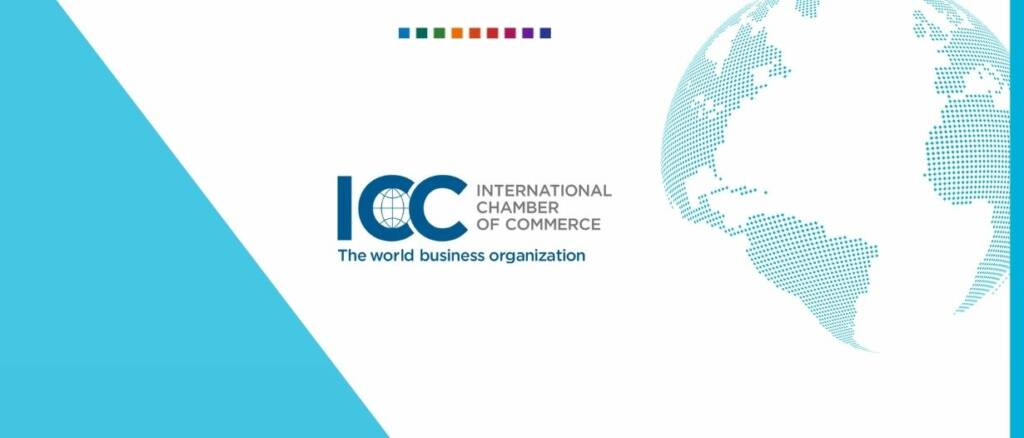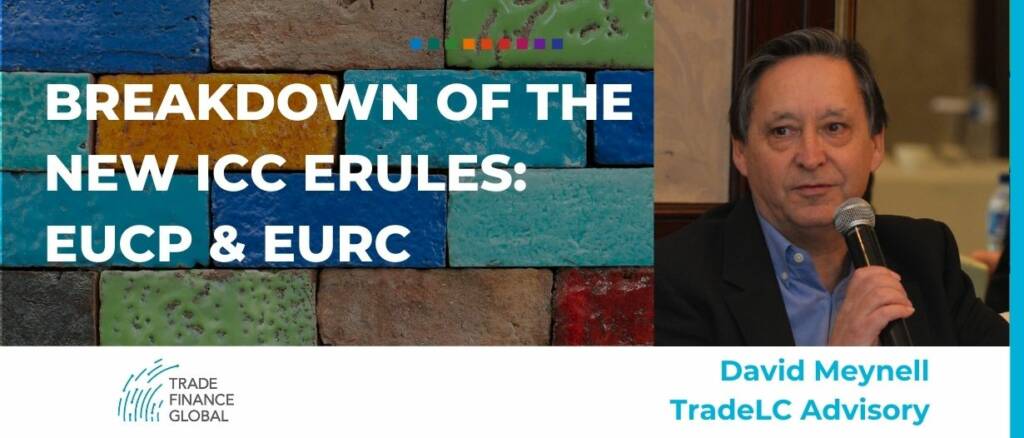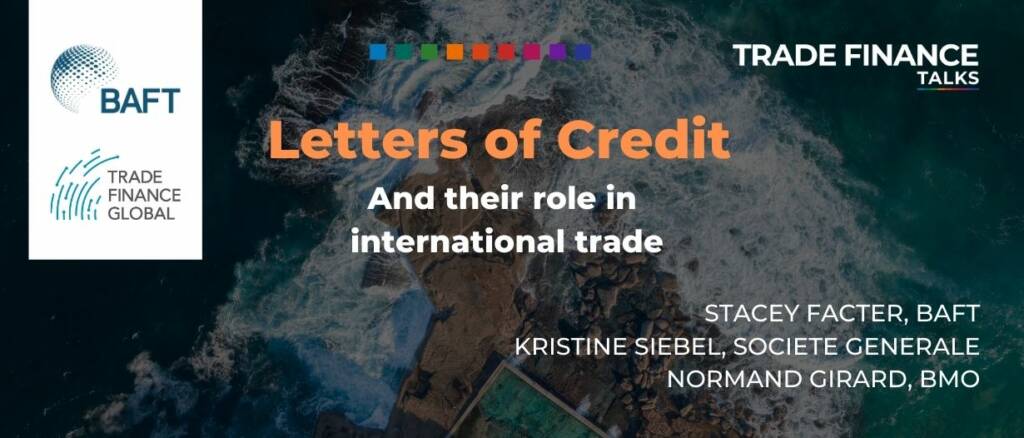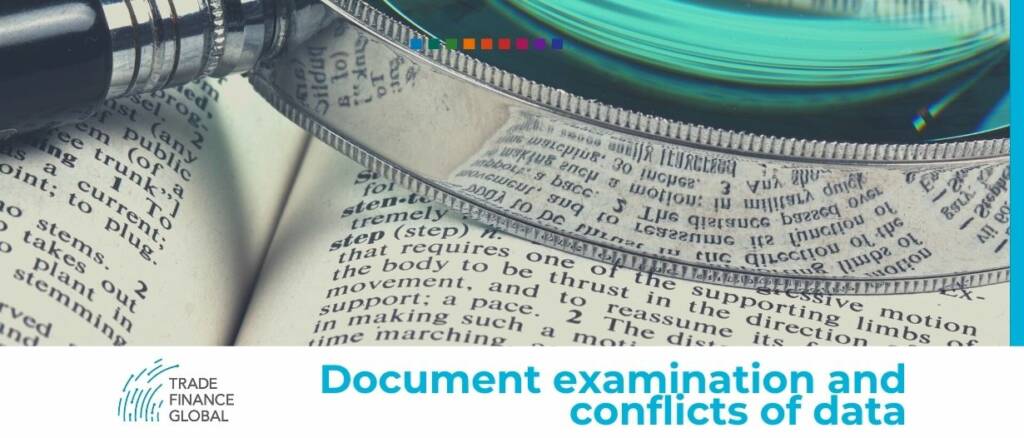The International Chamber of Commerce (ICC) Banking Commission recently announced a single Steering Committee for its work on trade, supply chain and export finance, comprising one Chair and 12 Vice-Chairs.
Developing and harmonising existing standards within trade finance is key for digitalising trade.
Owing to the pandemic, eUCP Version 2.0 and eURC Version 1.0 rules created by the ICC have received increased interest over the past few months. There is a growing realisation by practitioners that paper documents are causing delays and disruption.
In this second installment of my two-part article, I endeavour to consider the documentary credit from the point of view of an exporter as well as its bank and provide some advice on how to best benefit from the effective use of documentary credits.
We take a dive into the world of Letters of Credit (LCs) and Standby Letters of Credit – some of the essential tools in cross-border trade transactions.
Documentary credits are one of the oldest, most sophisticated, and safest payment instruments used in international trade.
Documentation can be the source of trouble for many buyers and sellers. Here’s how to avoid conflict and disputes when it comes to paperwork.
A documentary trade credit (DTC) is a trade finance substitute for a commercial bank documentary letter of credit. A DTC is issued and negotiated under the same UCP guidelines as a documentary letter of credit; except the funds supporting the instrument are available with a third party international escrow company instead of a commercial bank.
In this article, John Dunlop takes a look at a documentary trade payment (DTP) and whether it can be substituted for a documentary collection using UCP rules.
The Covid-19 pandemic is accelerating trends and technologies that came online before January 2020 and were just getting traction.
























